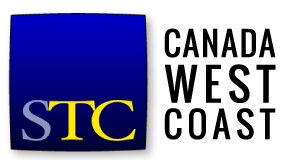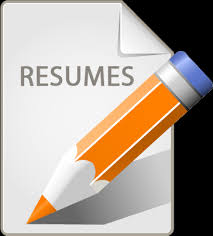Standing out in a crowd can be challenging. Creating a résumé that stands out can be even more challenging. Here are 10 tips for creating a résumé to help you get noticed in the job market.
- Put your name and contact information in the top right corner of the page. Why? When a recruiter or hiring manager is looking through a pile of résumés, your name is visible as they flip.
- Use a brand statement as an objective. Use a five- to six-word tagline outlining your industry and desired position. For example, Renewable Energy Documentation Specialist. It should be short, sweet and be written under your name.
- Support your brand statement with scannable reasons why you should be hired. This may be the only thing read on the first page. Use bulleted, short phrases to specify why you should be hired for the job.
- Include a list of demonstrated skills. Synthesize the information from job postings to create a list of skills. Embed key terms through your résumé such as subject matter expert.
- Include a list of software and technology you have worked with. If there is software you need experience with, invest $25 for a month and sign up with Lynda.com for an on-line course.
- Break your professional experience into two parts: responsibilities and achievements. In a short paragraph, describe your main responsibilities using concise phrases. If you reported to a high-level position such as a director, CEO, CFO, etc.: include that info. Achievements should include a few bullet points with concise descriptions, no more than one or two lines long. Bold key words.
- Include a complementary or related experience section (optional). Showcase your competitive edge in this section. For instance, do you have management experience through a volunteer position?
- List your education and memberships. Typically education is at the end of your résumé. If you don’t have relevant work experience, move education higher in your résumé.
- Do not include a “references available” statement, but have them ready. Including this is considered “old school”.
- Tweak your résumé as needed every time you send it out. For one job highlight your copy editing experience; for another, your experience with writing proposals. Don’t change the order of the jobs listed, but reorder responsibilities and achievements to highlight how your experience directly corresponds with the job ad.
The STC CWC also has a number of resources you can use in your job search.
- Informational Interview Service
- Job Club (If you are interested in joining, please submit a form through the contact page)
- Resume review and job lead sharing during the 30 minute informal networking time before professional development series nights.
If you have any questions, please contact us.


As someone who has helped quite a few people with their resumes and cover letters, I agree with many of these tips. I cannot emphasize enough how important it is to have a fresh pair of eyes read your resume and cover letter template. Whether it is a spouse, parent, neighbour, family member, friend, whoever, have a few people read them over. It is amazing the number of spelling mistakes and the like that someone else can catch and you want your resume to be 100% perfect. It does not hurt to read it backwards, word for word, to check for accuracy. Ensure you pick a font that is easily readable. Ensure your resume tells a story – tells YOUR story – in an interesting way. The resume will be kept and it will be remembered. So many resumes look exactly the same and your potential employer will only glance through them. While you may have a standard form of cover letter, make sure each cover letter contains information relevant just to that particular position or business. You want the reader to think they are receiving a personal letter and not a form letter that has been sent here, there and everywhere. Ensure also that the key points you want to make in your cover letter are made in short paragraphs so they stand out and are read. Don’t have two or three “super large” paragraphs that contain all sorts of important information. They probably won’t be read as thoroughly as you would hope them to be. Lastly, don’t be afraid to have some white space on your resume. It makes it so much more inviting and readable.